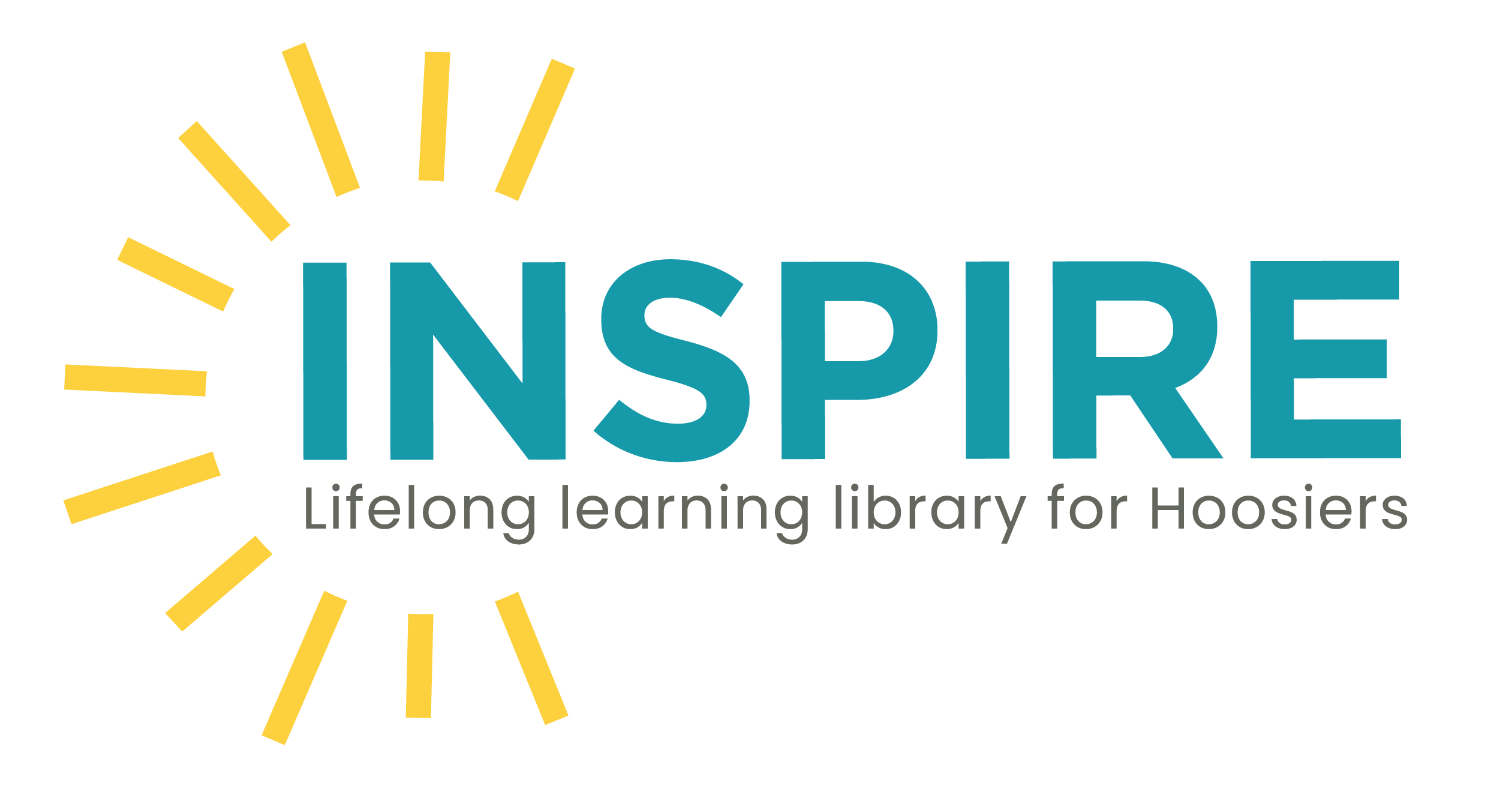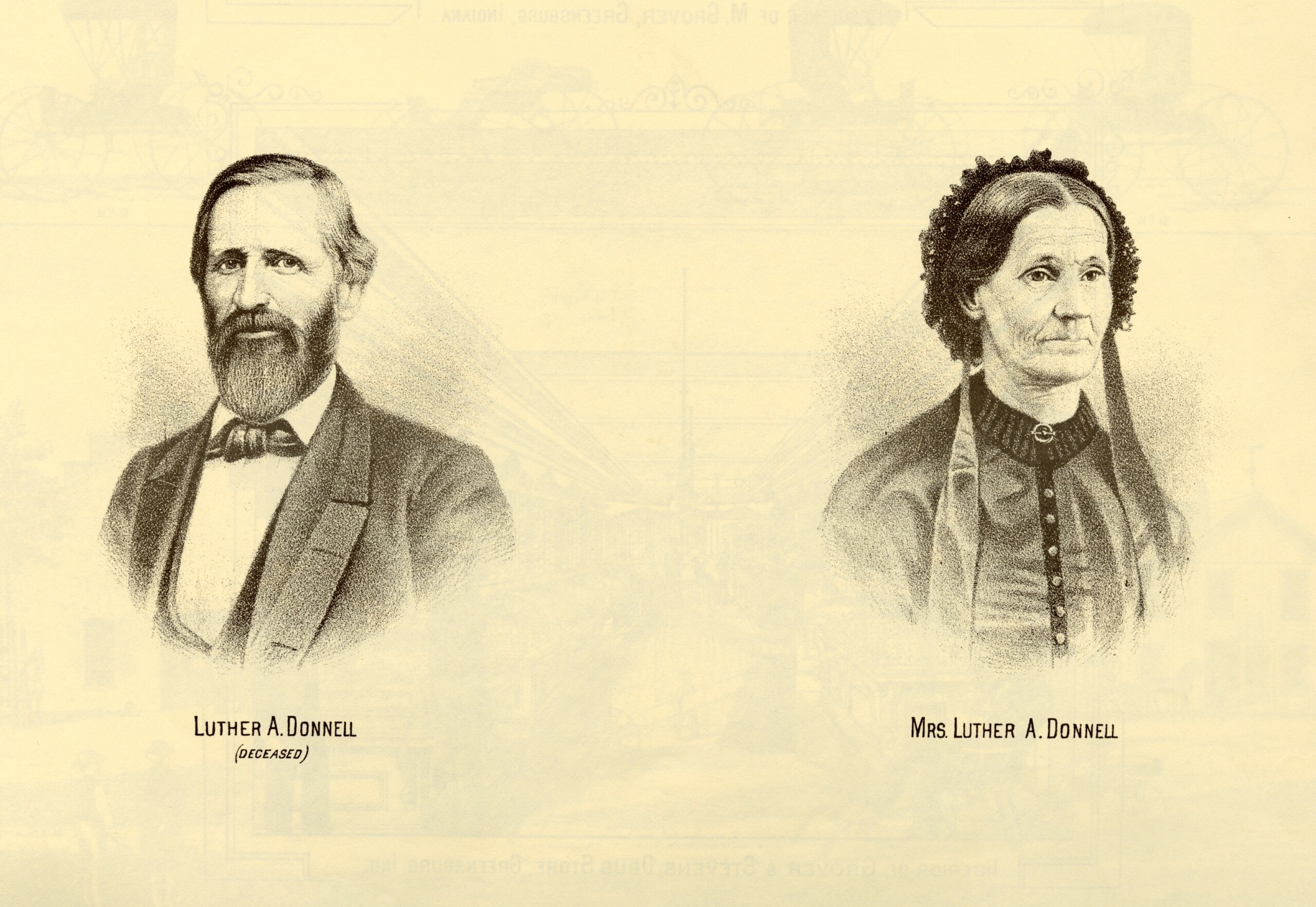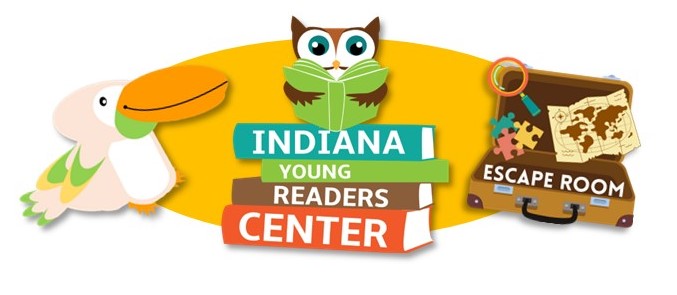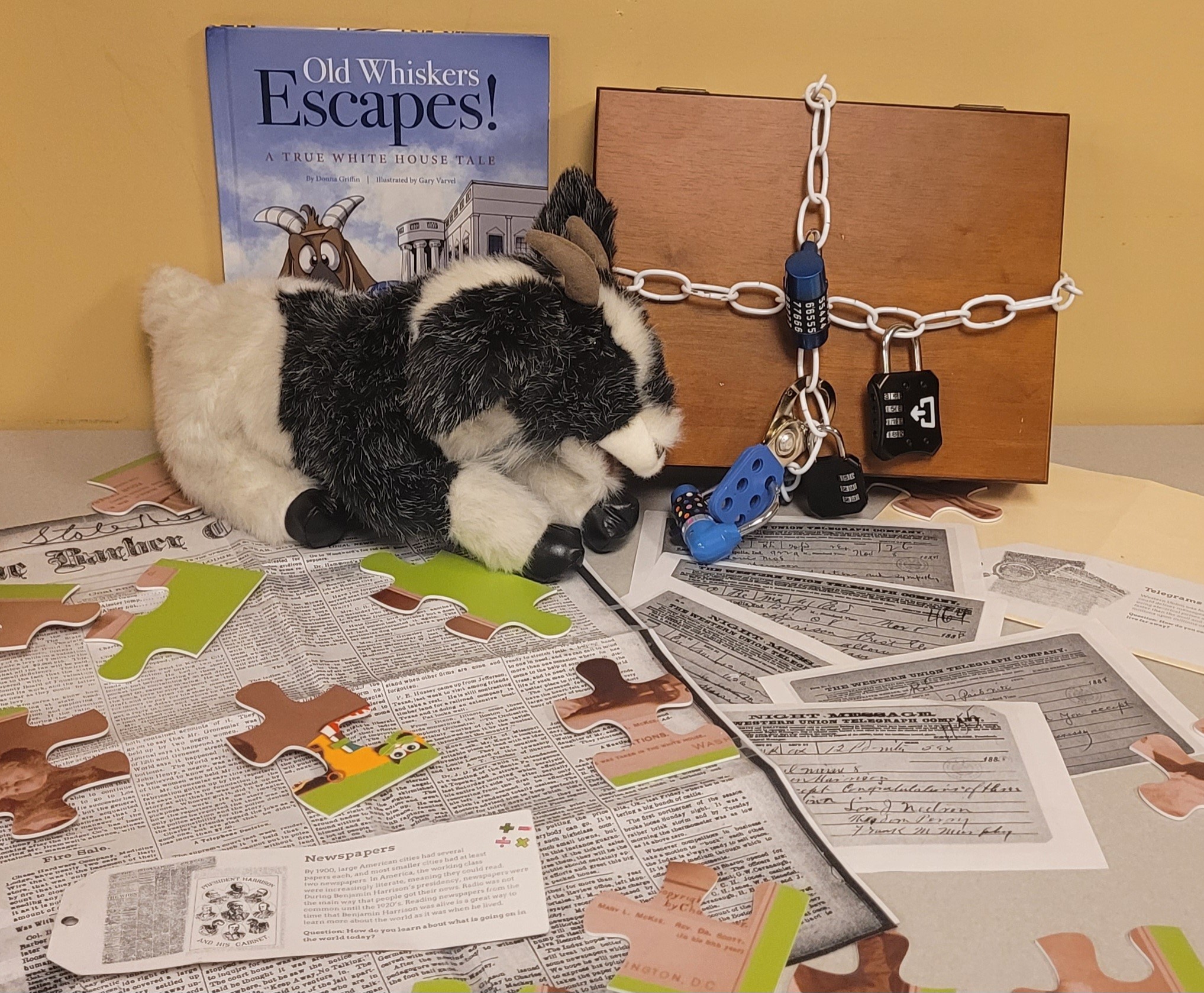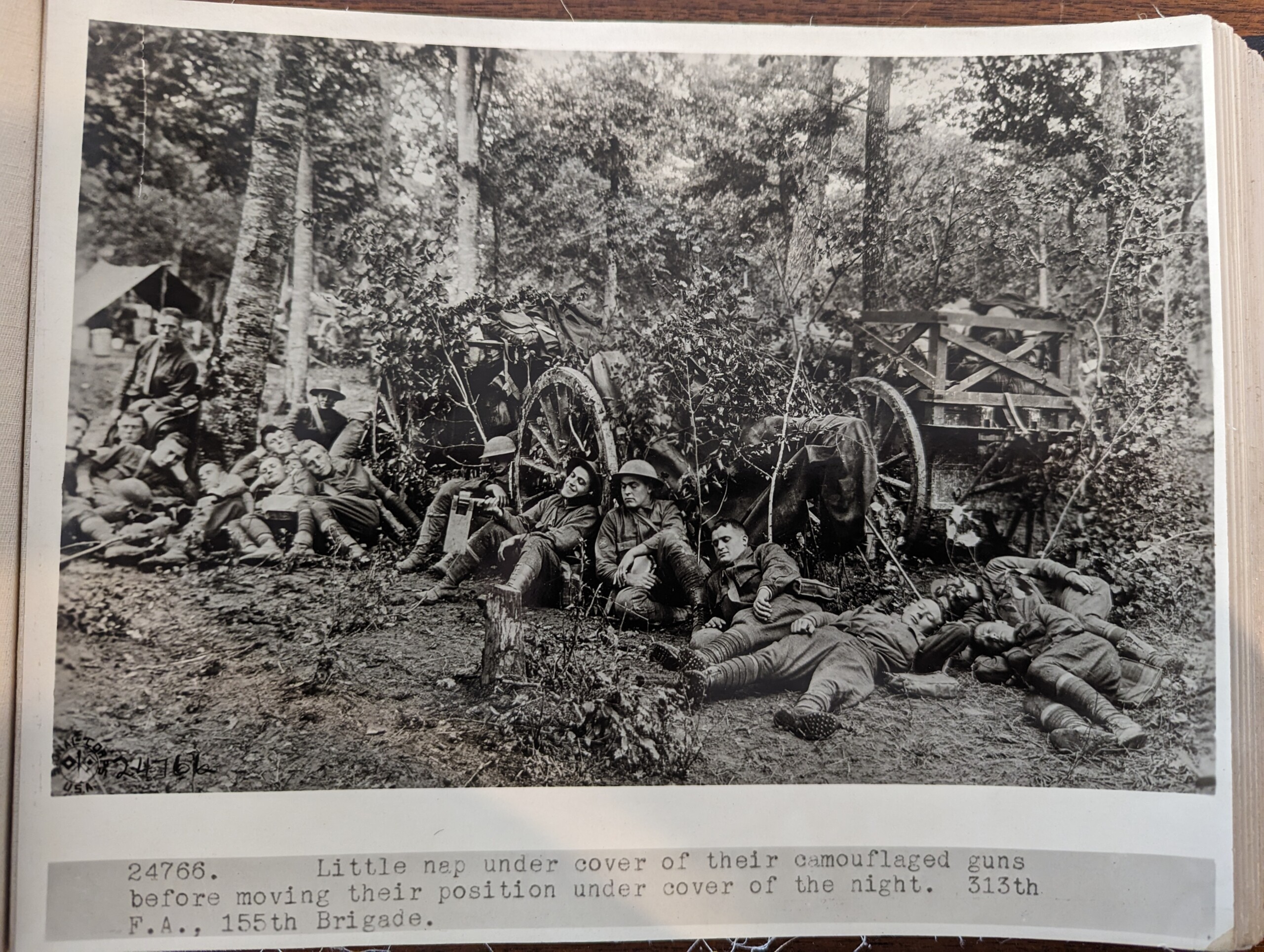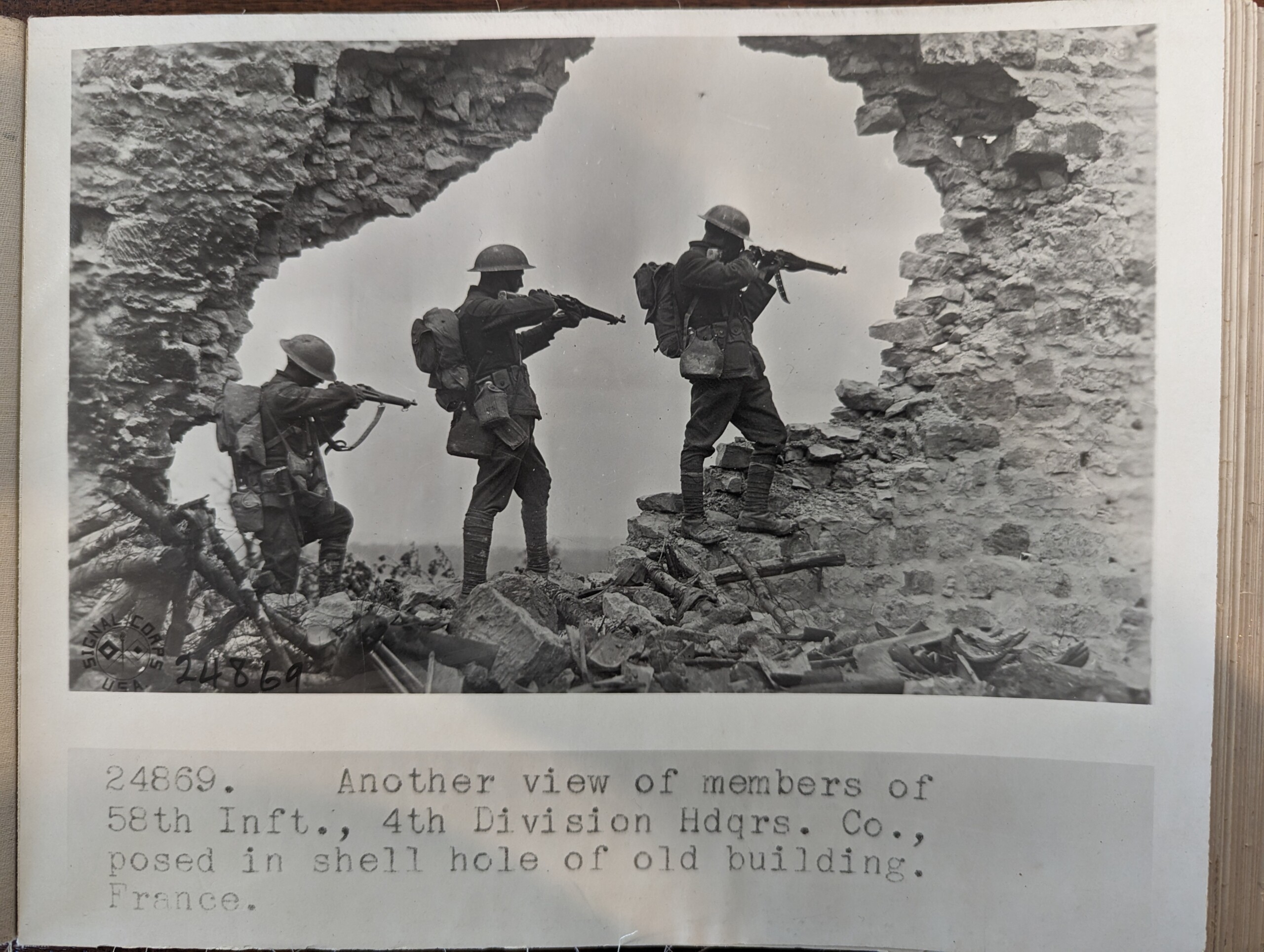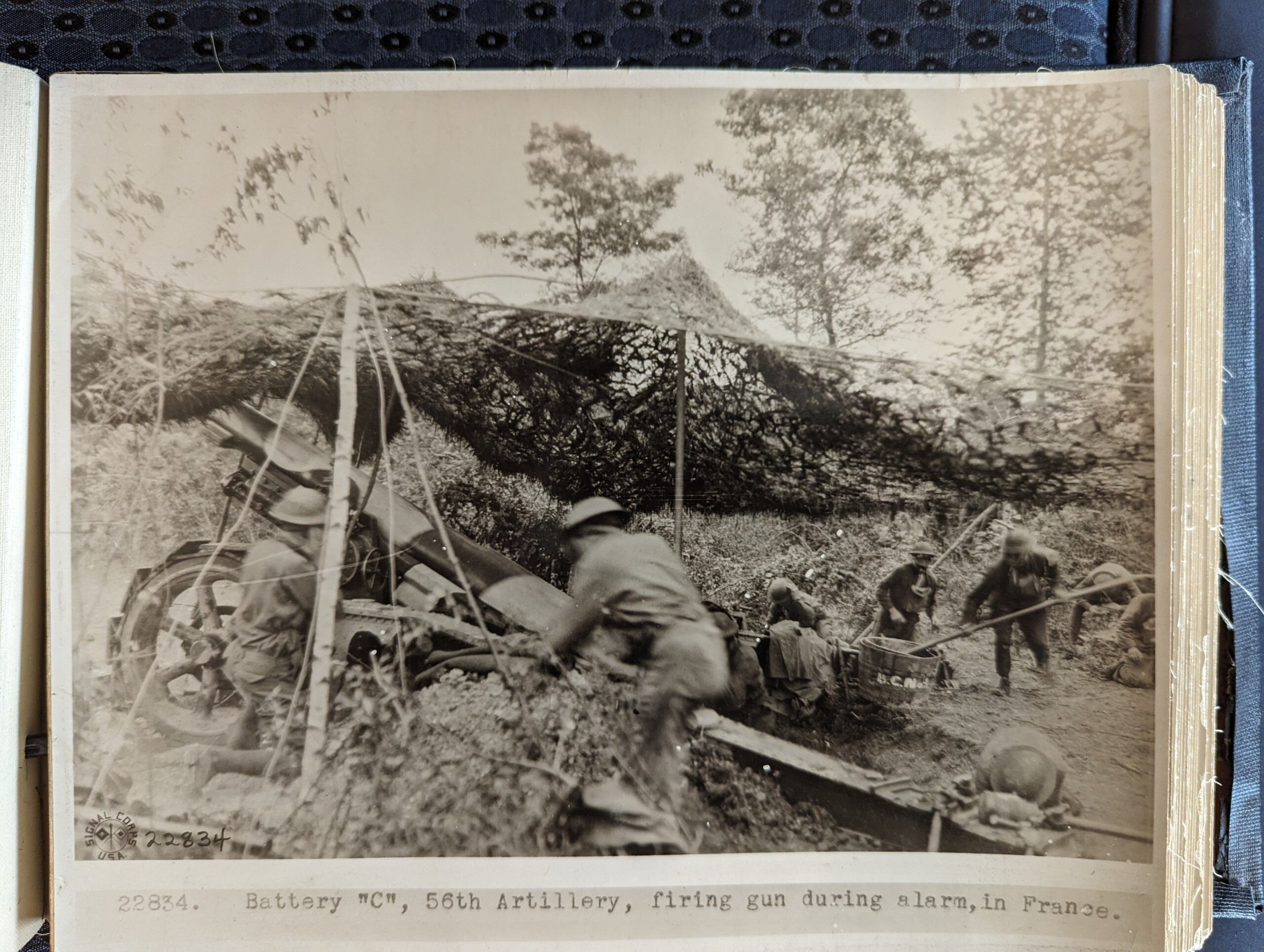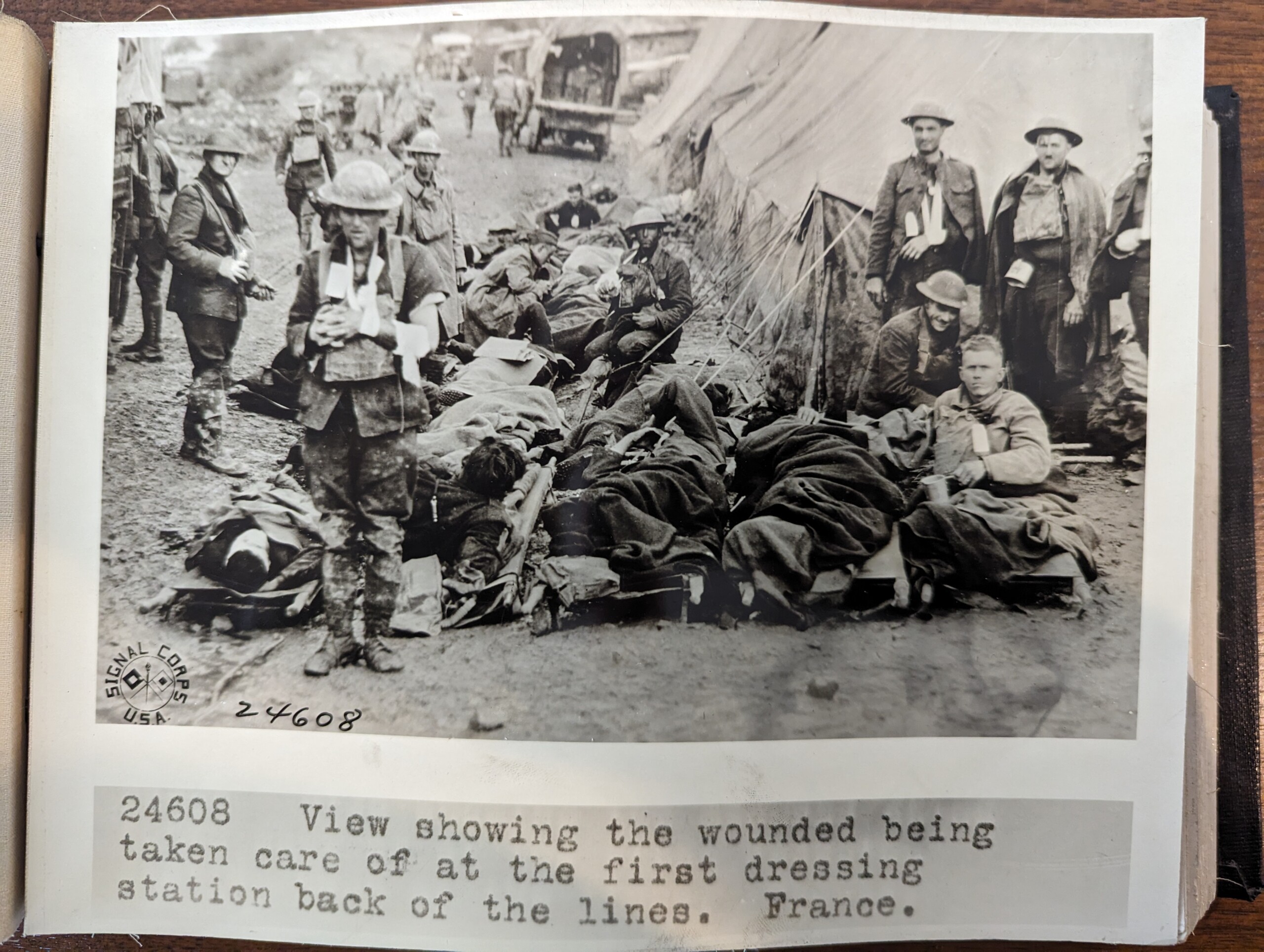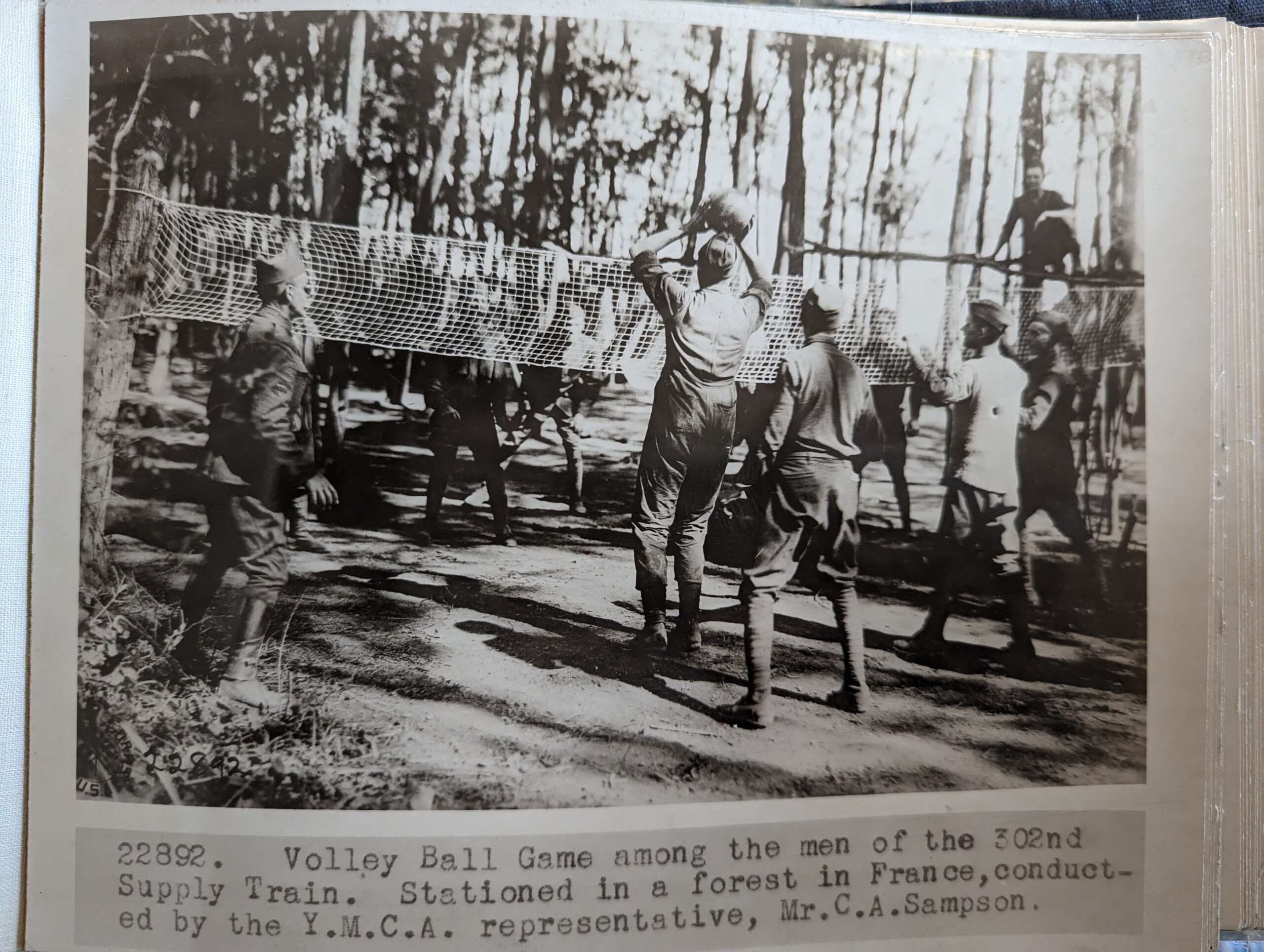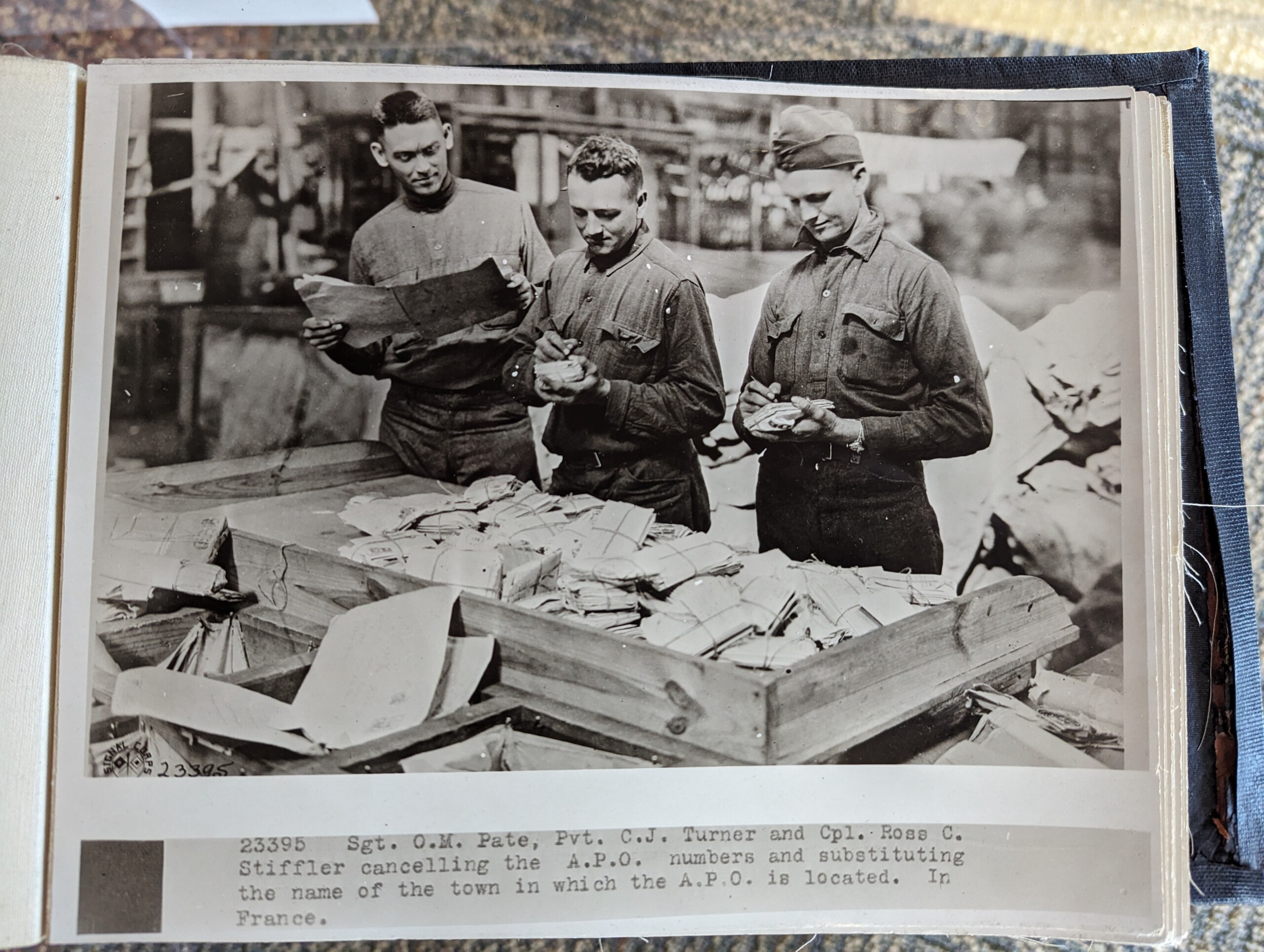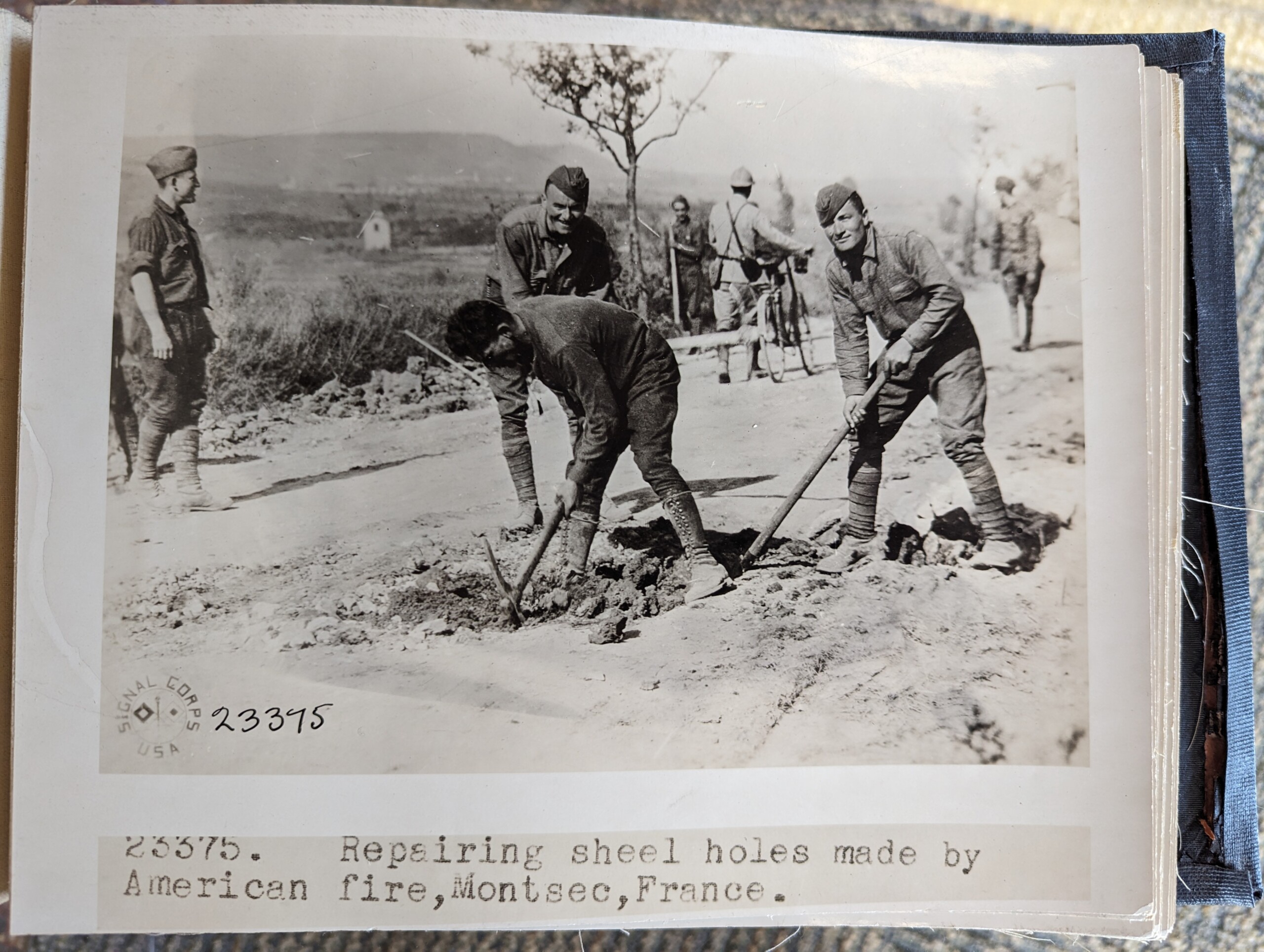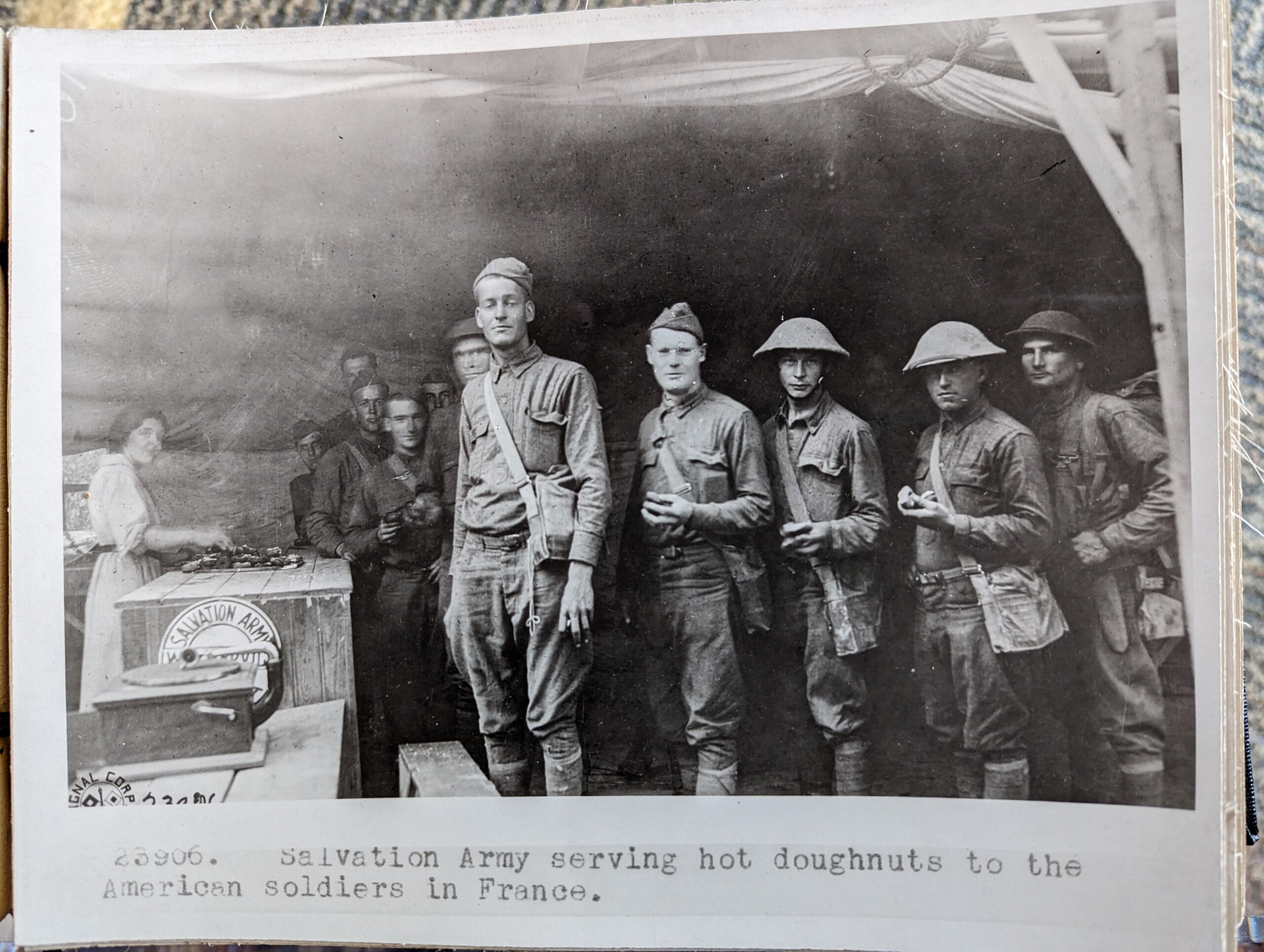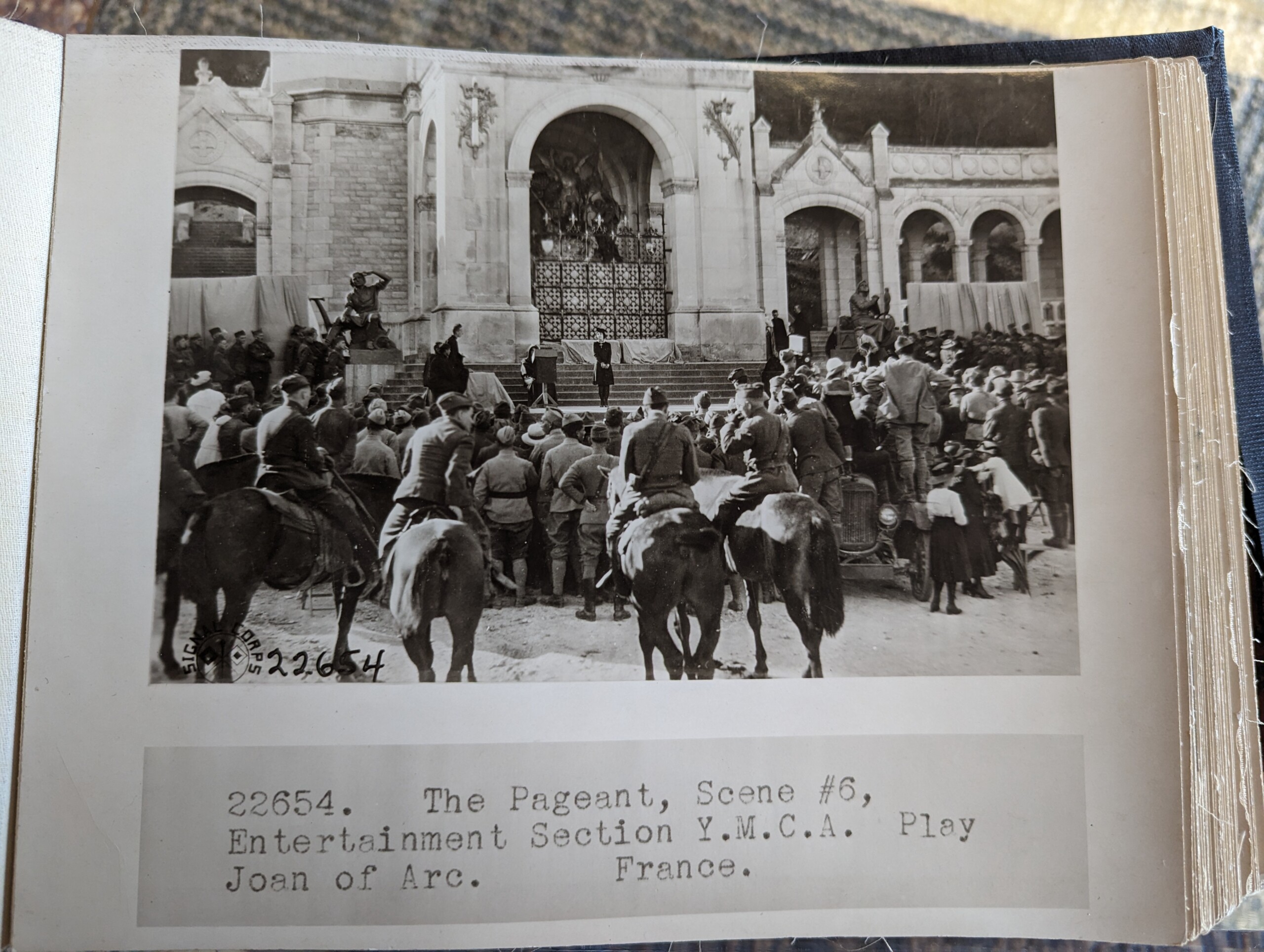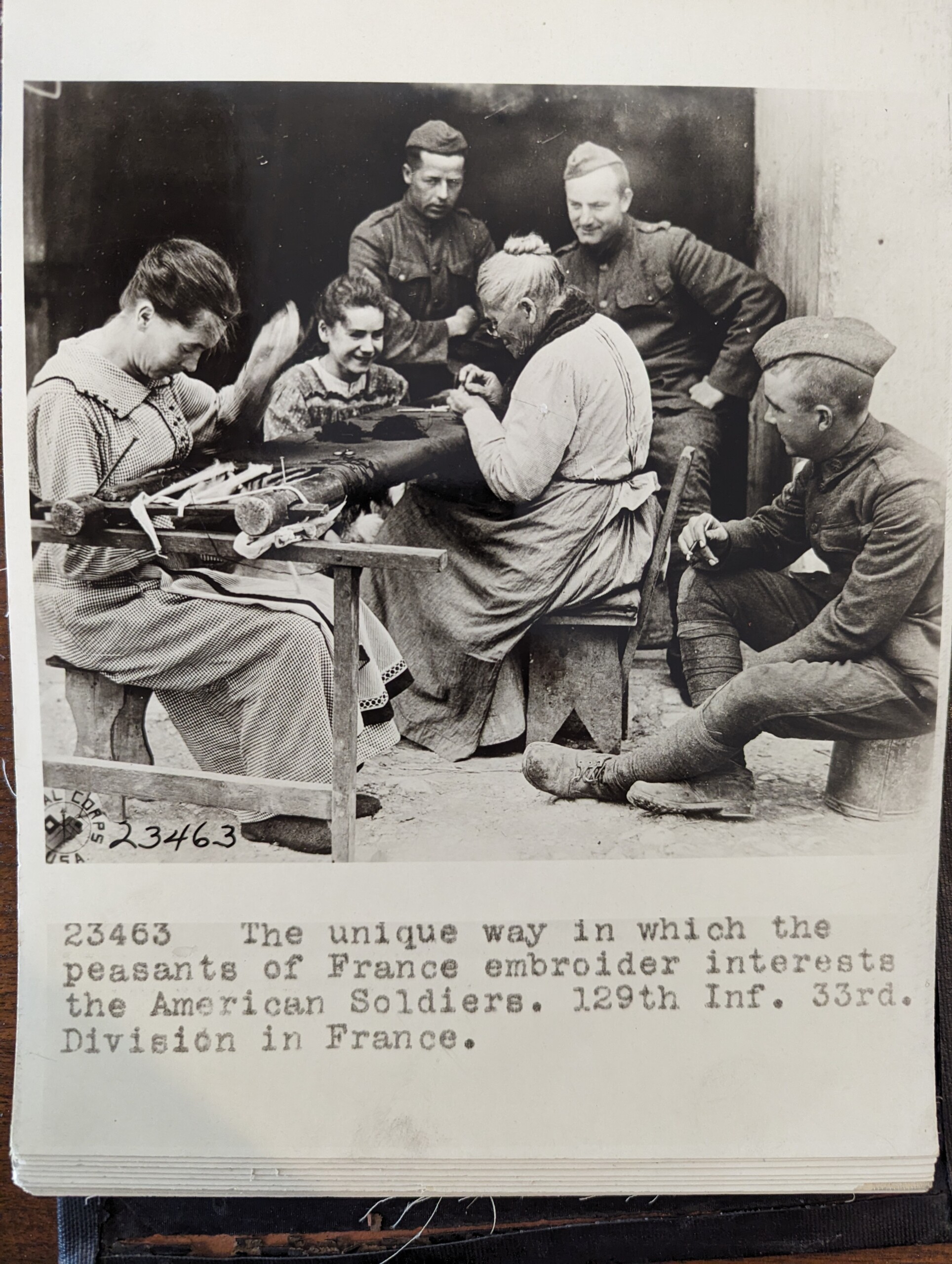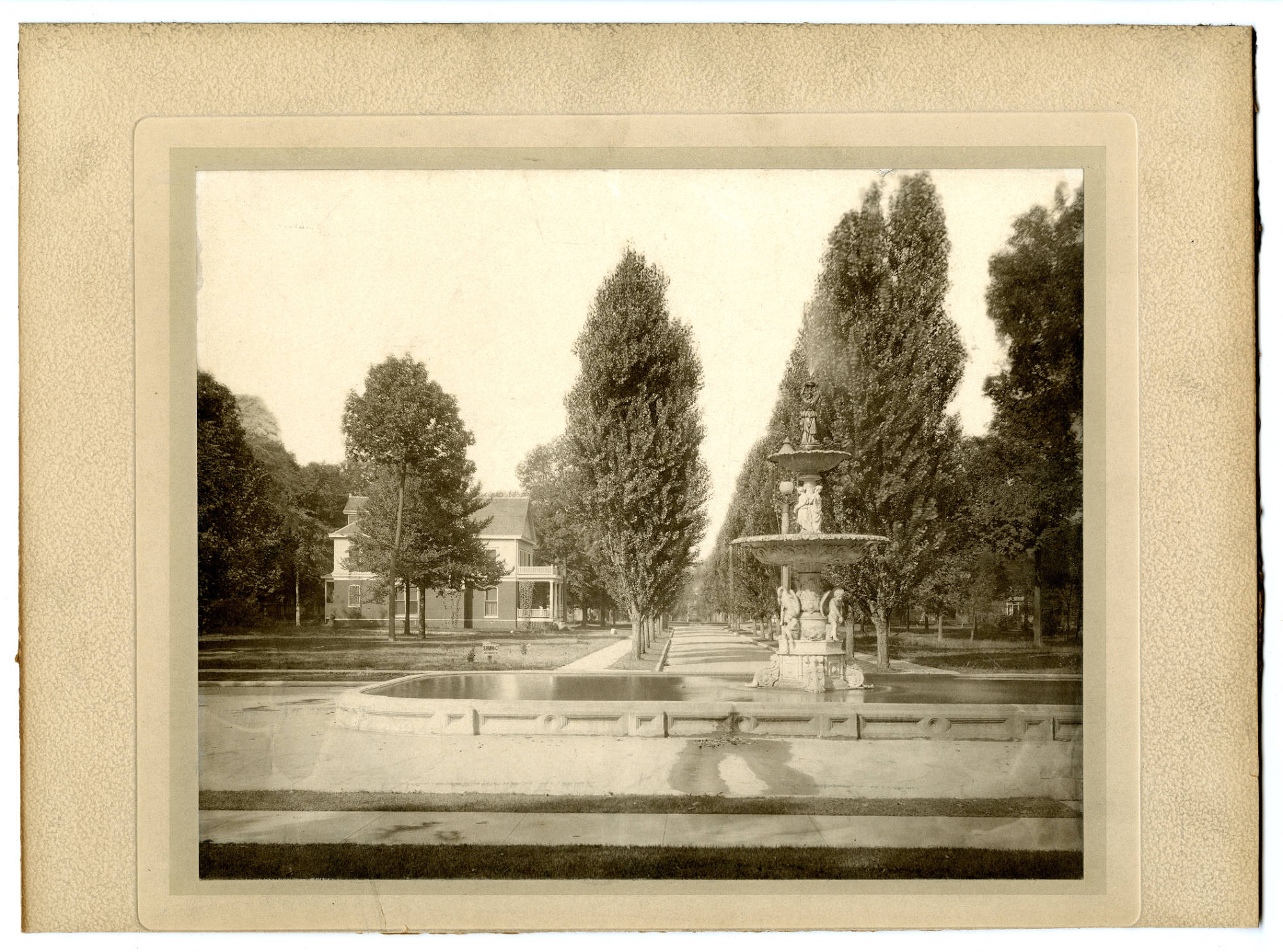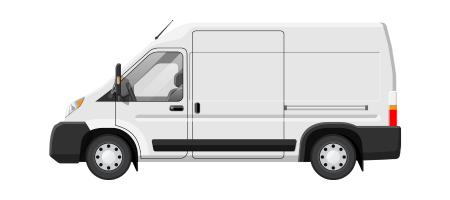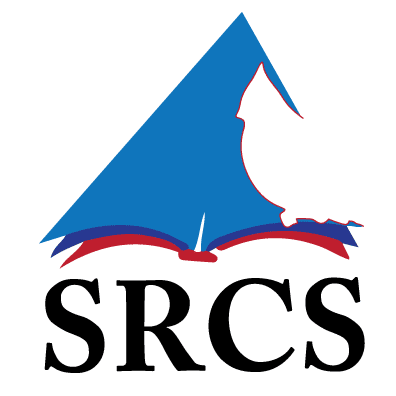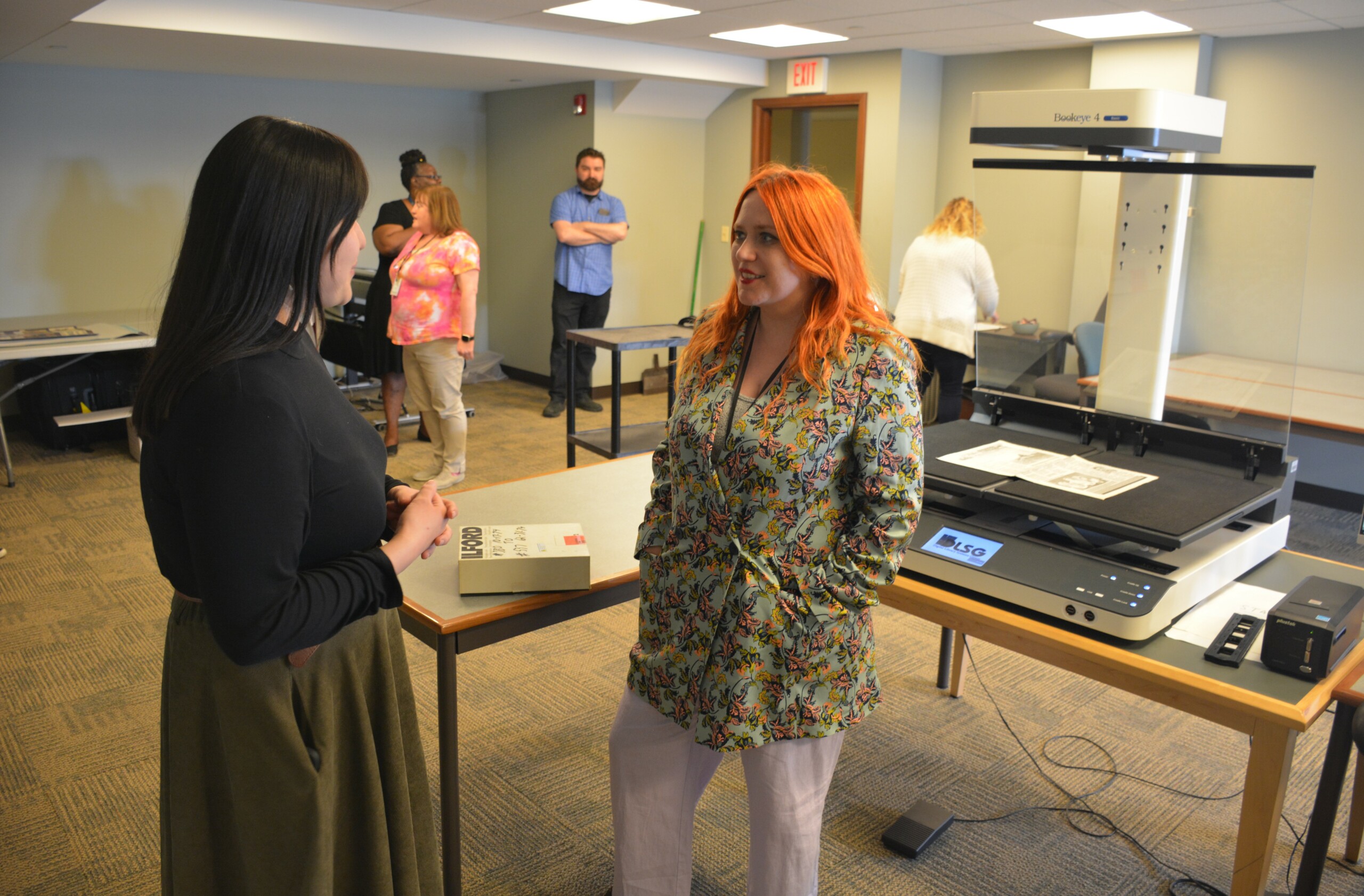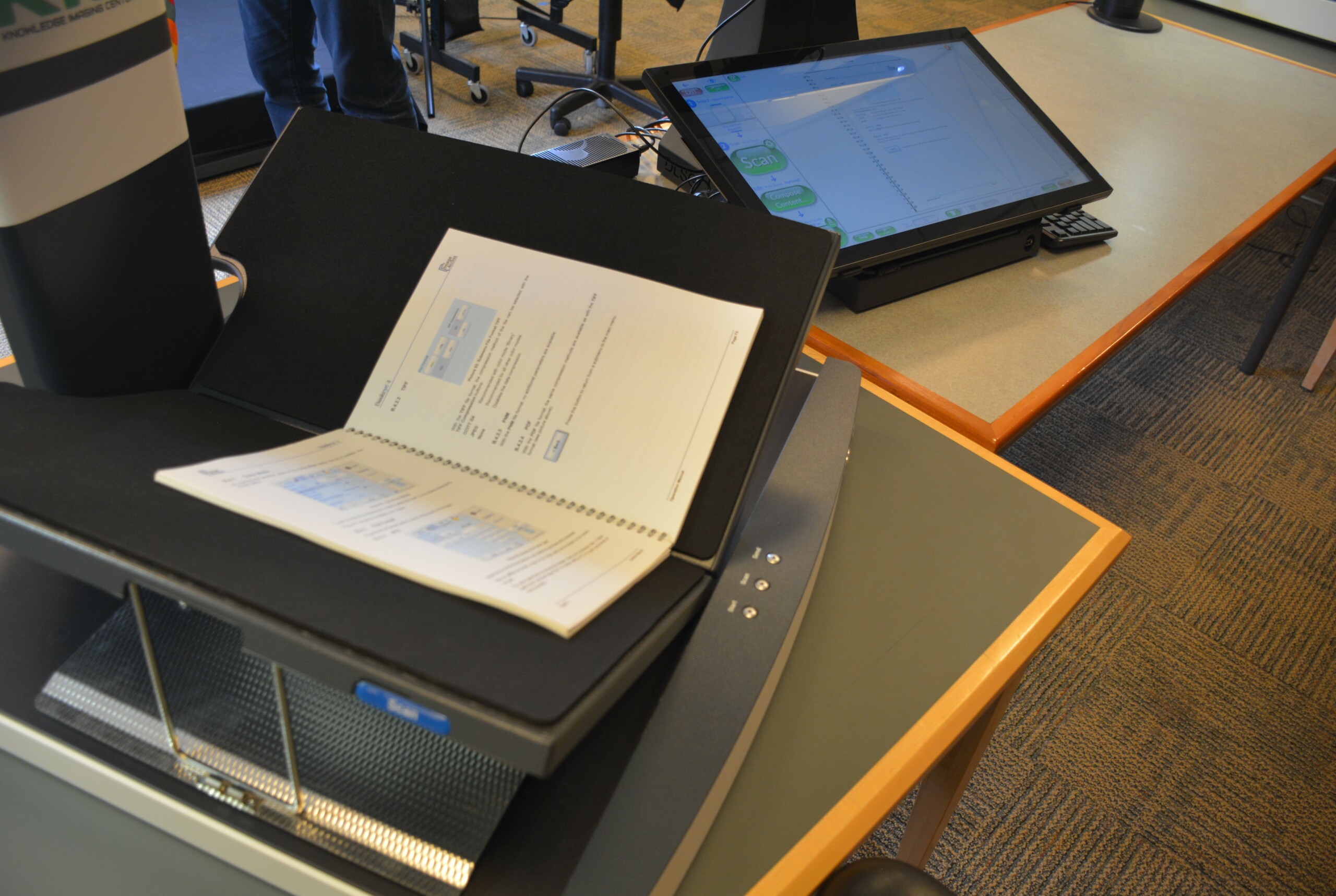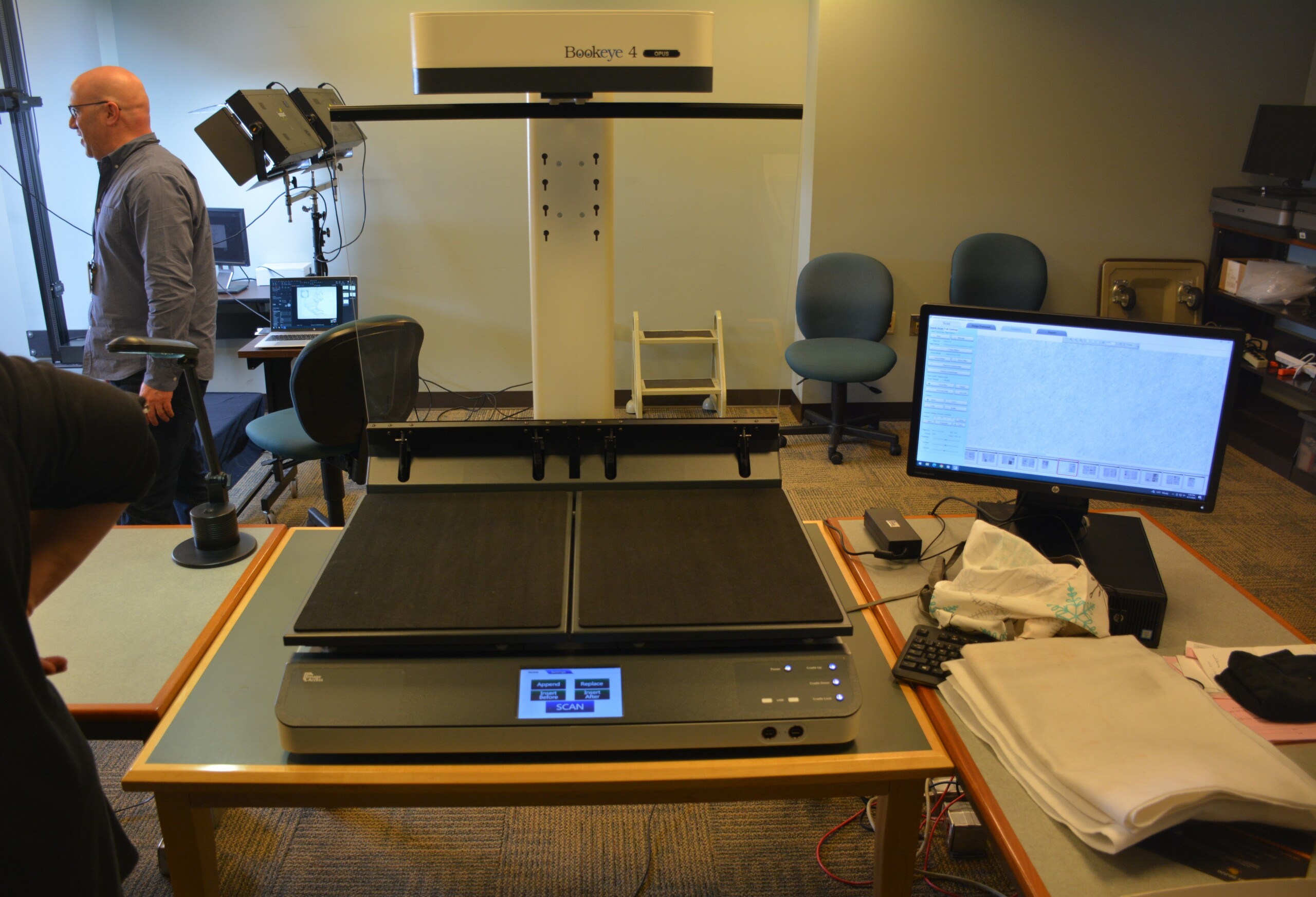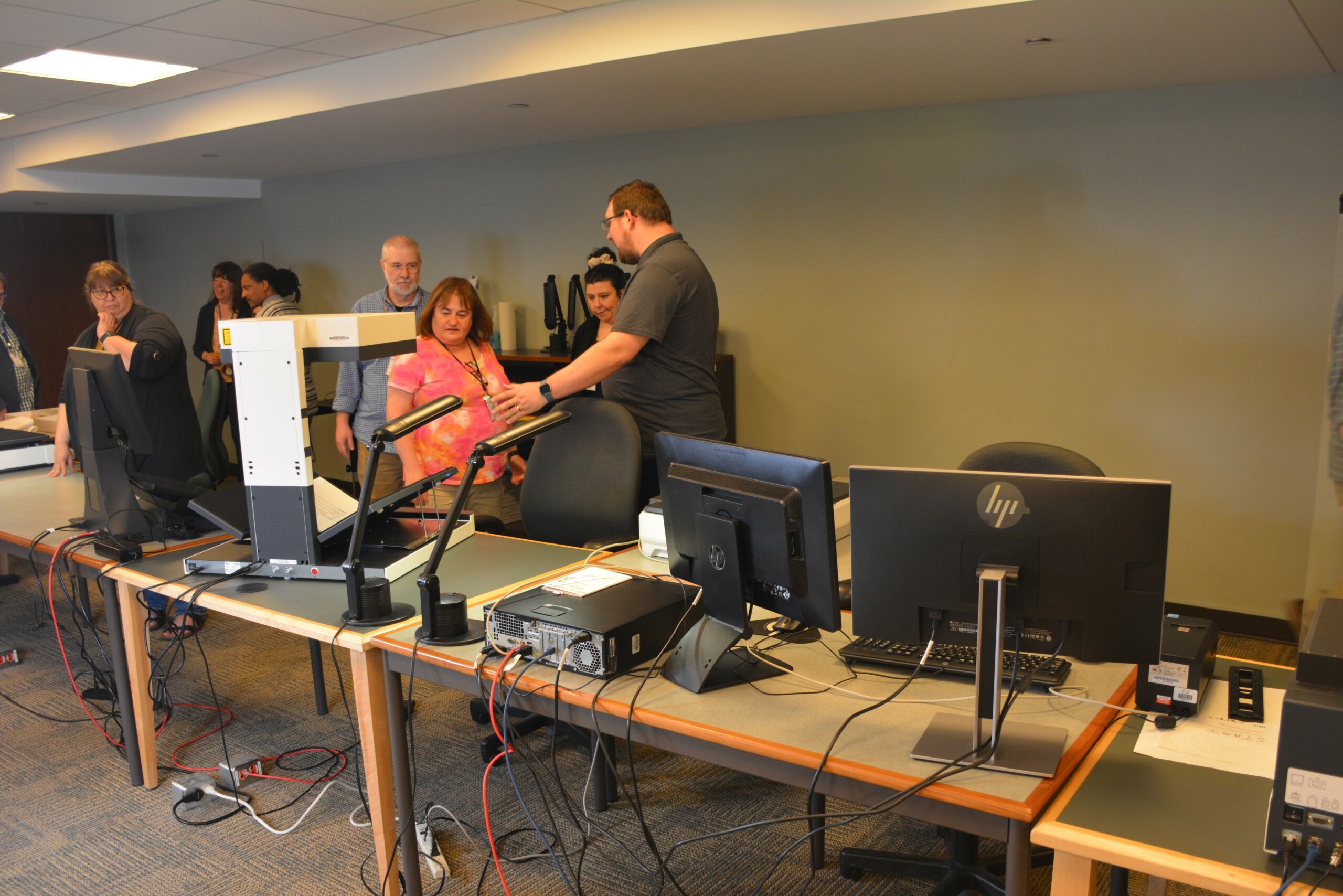When I found out that this article would be posted near July 4, I knew I wanted to talk about holidays! So, then began my research into what holidays are in July. The most known American holiday in July, of course, is the Fourth of July! The Fourth of July, also known as Independence Day or July Fourth, became a federal holiday in 1941. Celebrating the Fourth of July dates back to July 2, 1776, when the Continental Congress voted in favor of independence. Two days later, delegates for the 13 colonies adopted the Declaration of Independence, a historic document drafted by Thomas Jefferson. From 1776 to the present day, July 4 has been celebrated as the birth of American independence, with celebrations like parades, cookouts, picnics and fireworks!
Did you know that there are hundreds of daily, weekly and monthly holidays in July? I sure didn’t! The unique national month-long holidays in July that caught my eye are National Baked Beans Month, National Blueberry Month, National Hot Dog Month, National Ice Cream Month, National Picnic Month and National Watermelon Month! When I think about the Fourth of July, all of these things come to mind, but I’m going to talk a little about the history of picnics.
The English word for picnic comes from the French word “pique-nique.” The French word originally referred to a meal where everyone paid for or contributed a share of the food, but it later came to mean a meal eaten outdoors. In England and France picnics became popular in the 18th century among the upper class, but they were held indoors. It was closer to the 19th century when picnics were taken up by the emerging middle class and moved outdoors. The outdoor picnic then made its way to the United States. It wasn’t until the early 20th century that outdoor picnics prevailed over indoor. During that time picnic baskets started being produced for the mass market.
Will you be celebrating the Fourth of July at a picnic eating hot dogs, baked beans and watermelon? I’ll be at my family cookout with this blueberry cake and vanilla ice cream! Happy Fourth of July!

The following recipes are from “Celebrating Indiana Hospitality Picnics, Potlucks & Prizewinners with 4-H Families and Friends” (ISLI 641.5 P597P).
Easy Homemade Vanilla Ice Cream (yield six servings)
1 (14 ounce) can sweetened condensed milk
4 cups half and half
1 tablespoon vanilla extract
Directions: Combine the condensed milk, half and half and vanilla in the ice cream freezer container and mix well. Freeze according to manufacturer’s instruction.
Berry Batter Cake (yields six servings)
2 cups fresh or frozen blueberries or blackberries, raspberries, or strawberries
¼ cup lemon juice
1 ¾ cups sugar, divided
1 cup flour
1 teaspoon baking powder
¼ teaspoon salt
¼ teaspoon nutmeg (optional)
½ cup milk
¼ teaspoon almond extract
¼ teaspoon vanilla extract
1 tablespoon cornstarch
1 cup boiling water
Preheat oven to 350 degrees. Butter an 8 or 9-inch square or 7×11 inch baking dish. Arrange the berries over the bottom of the dish. Drizzle with lemon juice. Combine ¾ cup of the sugar, flour, baking powder, salt and nutmeg in a large bowl and mix well. Add the milk, almond extract and vanilla, stirring just until blended. Spread evenly over the berries.
Combine the remaining one cup sugar and cornstarch and mix well. Sprinkle over the batter. Pour boiling water over the top. Bake for 45 minutes or until golden and bubbly. Serve warm with whipped cream or vanilla ice cream.
This blog post was submitted by Lacey Klemm, Northwest regional coordinator in the Professional Development Office of the Indiana State Library.
Resources
“July 2024 Official, Fun, Crazy and Bizarre Holidays” (brownielocks.com)
“Fourth of July – Origins, Early Celebrations & Traditions” | HISTORY\
“Celebrating Indiana Hospitality Picnics, Potlucks & Prizewinners with 4-H Families and Friends” (ISLI 641.5 P597P)
“The Picnic Book; 100 Outdoor Recipes” by Marian Tracy (ISLM 641.5 T762P)
“The Picnic: a History” by Walter Levy (ISLM GT2955 .L48 2014)

